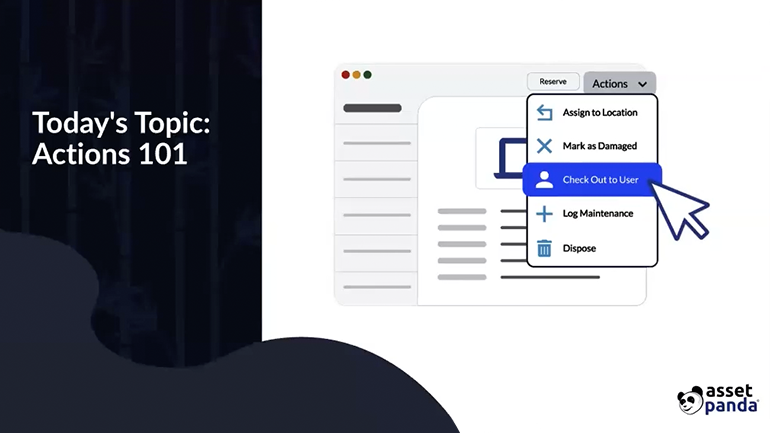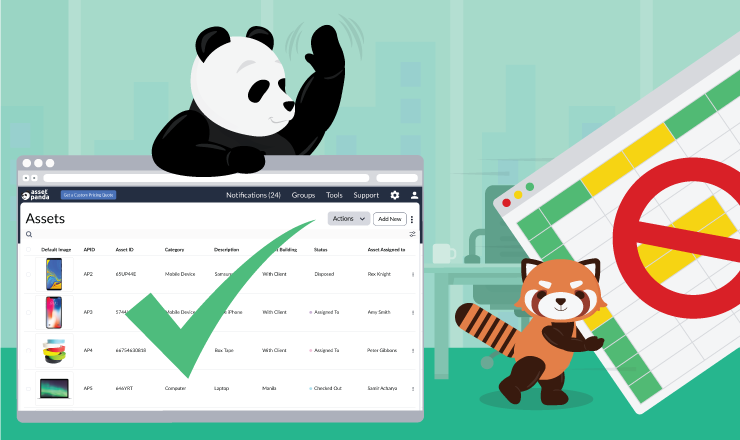A Step-by-Step Guide to Depreciate Fixed Assets

Does your business rely on assets that require major investments? Office space, machinery, equipment, and other tools help you serve your customers. That means you need to know how to depreciate fixed assets. No matter what you do, the value of your assets goes down with usage and time.
Depreciation
When you calculate depreciation, you are determining the overall cost of using your fixed assets over its lifespan. Putting this on your balance sheet will help your business accurately calculate finances. After all, this will equip you with correct quarterly accounting statements.
Step 1: Know Which Assets to Depreciate
Trying to depreciate all of your assets may not be the smartest decision. Short term assets that don’t stay in your business long shouldn’t be depreciated. Assets with lower value also may not need to go through the process, though they should still be tracked.
The IRS has specific depreciation guidelines. Real estate or property has a depreciation life cycle of 27.5 years, while non-property fixed assets like vehicles and computers have a life cycle of 5 years. If you have any assets with a shorter lifespan, it may not be worth depreciating them. So it's important to know which asset tracking model you'll follow.
Step 2: Determine Depreciation Factors
When you calculate depreciation on your balance sheet, there are several factors to consider. The main one is the useful life of the asset. How long do you expect to use the items? Once it’s past the useful life, you’ll then calculate salvage value if applicable.
Step 3: Automate Your Depreciation
Asset Panda supports straight-line depreciation, which subtracts the scrap value from the original cost of the asset and divides it by the estimated asset life.
Let's say you’re trying to calculate the depreciation of your server software. It costs you $50,000 to install. The estimated scrap value is $10,000 and the life span is 10 years. You’d subtract $10,000 from $50,000 to get $40,000. Then, you would divide that by 10 to get $4,000 of depreciation per year using this method.
Step 4: Use Dedicated Software to Calculate and Store Asset Information
Once you have your depreciation value, you’ll need to store that information. It doesn’t make sense to store it apart from all of your other asset information, so find a way to record it in your asset database.
Asset Panda provides a place for you to store things like depreciation value in each individual asset record. You can store what you estimate it to be and compare it to the actual depreciation value. This will help you see if your fixed assets are declining in value too quickly. Check out how we make it easy for you to do straight line depreciation for your equipment by getting a free demo today!
Step 5: Depreciate Fixed Assets Regularly
You’ll need to regularly check in on your fixed assets to check on depreciation. Set reminders every six months to go over your company’s balance sheet and compare current values to previous estimates. This will help you see if you need to make any adjustments to prolong asset lifespan.
Knowing how to depreciate your assets will help you keep your business accounting on track. No more running out of asset usage before you’re ready to replace them.
Related News & Press

Learn more from an Asset Panda expert
Get a FREE consultation with an asset tracking expert to find out how you can transform your asset tracking.
Contact our Sales Team at (888) 928-6112


